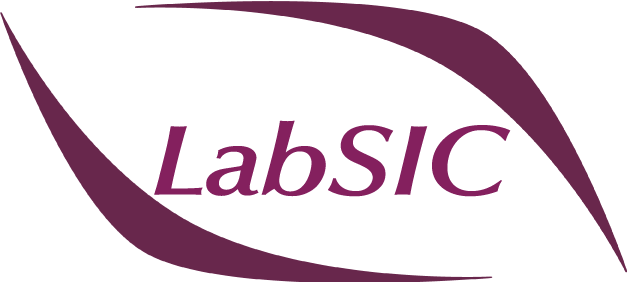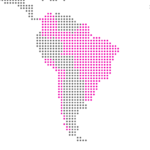MENA region
Coordinator : Abdelfettah Benchenna
Productions and Circulations of cultural goods in the MENA region
This project has his roots in the low interest in French-language research in the humanities and social sciences about the cultural and media products in the countries of the MENA region. For two decades, it has experienced unprecedented upheavals in its informational landscape and an abundance of cultural goods, made in its midst or coming from elsewhere. Performance of computer networks and digital format helping, these cultural productions borrow networks where it is futile to construct categories separating the so-called “formal” or “informal” economy. Changes linked to technological innovations and increasing economic and financial stakes are driving the political regimes in the region to regulate and invest in different sectors in order to better control production and dissemination. For example, in the Maghreb countries, regulatory bodies, inspired by the French model of the Conseil Supérieur de l’Audiovisuel (CSA), have been set up: the HACA in Morocco, the HAICA in post-revolutionary Tunisia and the ARAV, Still in draft form in Algeria.
More generally, a series of political transformations have produced important effects in the production and circulation of cultural products in this region of the world. The end of the Cold War, the geopolitical upheavals incarnated by the effects of the attacks of 11 September 2001, the permanent establishment of an Islamic-conservative party in Turkey in the early 2000s, political change since 2011 in several speaking countries mainly the Arabic languages and, of course, the growing presence of the Gulf countries in the region’s economy have led to the restructuring of international, regional and national markets for cultural goods. The position of the different countries in these markets, such as international journalistic information, television series, cinema films, etc. have been deeply shaken. Similarly, the decline of Egypt and Syria, the ambitions of Turkey, as well as Russia and China, which have an increasing presence in the Arabic language, reconfigure the position of the United States and the former Powers European colonies on these cultural spaces.
Faced with such important issues and despite the historical links between French research and teaching centers with the MENA region, French-language research in this area remains relatively scarce and scattered, with researchers working on so-called “Arabs” with a strong emphasis on recurrent themes (political and diplomatic life, religions, minorities, urban and rural studies, etc.). Since the mid-1990s, the literature on cultural productions has largely focused on informational flows, the recompositions of media fields, in particular in the Middle East and less in the Maghreb[1], but also on the reception of pan-arab television channels. A considerable amount of research has also been carried out over the past decade on the so-called social digital networks and the role they have played in revolts in several countries, mostly Arabic, but also on questions of “Media transition”.
Taking into account these important achievements but also of this general deficiency, the axes of this project are situated on three scales. The first is not to divide cultural property into specialties (media, cinemas, series, etc.) but to study together their production, dissemination and appropriations in the MENA region. This concern remains relatively rare[2]. The second is to place at the heart of relational analysis the socioeconomic issues of media companies, the profiles of their initiators and their employees, the stakes for states and international organizations. In other words, it is essential to combine content analysis with sociological, economic, historical and political perspectives. For example, there has been little research on the presence of print media companies and digital networks, always seeking an economic balance and most often struggling for freedom of expression. Similarly, when the cinemas of the Maghreb and the Middle East are the subject of academic studies, films are thought above all as artistic works and rarely as financial enterprises. There is little research on the sociology of audiences and cinema in this region of the world. Yet the film industry is experiencing a series of mutations that concern production, financing, circulation and the consumption of films. The third axis aims at studying at the same time the transformations of national media and cultural spaces, which are far from being homogeneous, as the expression “Arab world” suggests, with those of the international spaces of cultural property. In other words, it is not only a matter of considering this “cultural area” as a field like the others, but also in its relations with other geopolitical spaces. For example, traffic phenomena will not be treated exclusively from the MENA region but also towards it.
In order to contribute to the elimination of this research project and to mobilize several research teams, we propose in the first instance to unite our previous investigations and to devote our efforts to a field focusing on newspaper companies, not backed by political parties, Morocco and Tunisia, around three themes that we develop later.
Profile of press entrepreneurs and socio-economic context
Studies, often commissioned by international organizations, on the cultural industries in Morocco and Tunisia emphasize the low level of private involvement in cultural projects, despite the existence of an incentive system, Cultural market that does not promote authorized economic enterprises. What about media companies, especially the print media? We will try to analyze the evolutions at work in recent years, taking into account a socio-economic context characterized, among other things, by the low purchasing power of a large group of target audiences; by an undeveloped advertising market, often controlled by advertisers close to the political powers in place; by technological developments allowing the creation of online information sites at lower costs.
By focusing on the cases of Morocco and Tunisia, this first field aims to analyze the realities of entrepreneurship in the sector of the newspaper written on paper and electronic media. It is more precisely questioning this sector by focusing on the private economic actors that invest them. We will question the notion of press entrepreneur to the prism of the realities of the two countries: can we actually talk about press entrepreneurs in Morocco and Tunisia? If so, how is it made? What are the profiles of press entrepreneurs? What are their specificities? What are the editorial line strategies? What is the relationship with the target audience? With political and economic power? With other actors acting on the life cycle of their productions? What are the factors that have contributed to the reinforcement or compromise of the sustainability of this type of enterprise in both countries? When can we talk about profitability? In Morocco, as in Tunisia, the boundaries between the formal economy and the informal economy are very tight. How this translates into the press sector. What role does the use of these two forms of economy play in the perpetuation of media enterprises?
Organizational mode within media companies
This axis focuses on the functioning of the press enterprises in their production of information, that is to say that it is approached from a multidimensional analytical perspective:
– the political level: the political context in which these newspapers develop. The aim is to identify, on the one hand, the position and positioning of the so-called independent press in relation to the partisan press and backed by political parties and to understand the relations between political power and the Moroccan press; On the other hand, it is a question of identifying its strategy to continue exercising control over the press in Morocco as in Tunisia.
– the organizational level of the profession: press companies. Their characteristics, their possibilities and their constraints at the same time economic, political and organizational. Such an analysis makes it possible to emphasize the conditions of journalistic production. This professional level also obliges to restore the sociography of the journalists who practice in these publications (courses, training, languages, etc.) Several aspects will be the subject of detailed analysis.
1°) The question of sources of information, the place given to the field investigation and the investigation
2°) The production of information in conjunction with the issue of ethics
3°) The processing of information and the question of “red lines”
4°) Origins and formations of journalists
5°) Differentiation between francophone and arabophone presses
6°) Presence and influence of foreign journalists in editorial offices
7°) The place given to the issue of readership in journalistic production.
Press and print media companies
In 2014, the world report of the American organization Freedom House[3] on the freedom of the press, concerning 197 countries, ranks Tunisia in the 112th, Algeria in the 127th, Libya in the 134th and Morocco in The 147th. We will try to analyze the different forms and modalities of control suffered by Moroccan and Tunisian press companies whose editorial line is displeasing to the respective political powers.
In the press sector, these controls occur most often in the course of business. They primarily address the economic and financial dimension of the company to asphyxiate and weaken it. Press bosses are condemned to pay very high sums. In 2005, in Morocco, Ali Lmrabet, journalist and press contractor was banned from practicing his trade for 10 years. In 2008, the daily Al Massae was ordered to pay 600,000 euros. Le Journal saw its accounts sequestered and had to close. The political powers also try to control the distribution networks economically. They encourage advertisers (state-owned or industrial companies close to power) to boycott some newspapers and not to broadcast their advertising campaigns to them. Three newspapers attribute the end of their existence to this form of economic control: Le Journal, in January 2010; Al Jarida Al Oula in May 2010 and Nichane in October 2010. Finally, some newspapers are targeted by shareholders close to the political authorities to put pressure on their editorial line. Other, more recent examples may be cited.
In Tunisia, the control of the media did not disappear with the departure of Ben Ali. In the post-revolutionary period, and during the so-called “transition” phase, interference by political actors combined processes inherited from the former regime with the opportunities linked to the restructuring of this sector. While he was in power, the Ennahdha party appointed directors of the press directly and without prior consultation, thereby reproducing a method of editorial control in force at the time of the ATCE. The liberalization of the media has enabled emerging or resurgent political actors to position themselves in this sector. In this context, the political control of the press must be redefined on the basis of the role played by the new regulatory bodies and the new modes of party investment in the press industries. The change of regime in Tunisia also implies taking into account the survival of professional practices, inherited from the old regime, which places the field of the press at a certain vulnerability vis-à-vis political parties.
One of the objectives will therefore be to observe how these controls are designed and implemented in both countries; Identify their sources of inspiration and the forms they take; To try to measure their consequences and to analyze the strategies of the actors to circumvent them and to work in conditions that are specific to them. In the press sector, digital development has enabled new exclusively online newspapers, “pure player”, to emerge in recent years. How do the political powers of the two countries act to control them before they are born or in full exercise, by putting in place binding laws?
[1] T. Guaaybess, Arab television in orbit: a changing media system: 1960-2004, Paris, CNRS editions, 2005 (in french) ; Y. Gonzalez-Quijano and T. Guaaybess, The Arabs Speak to the Arabs: The Information Revolution in the Arab World, Arles, Actes Sud, 2009 (in french).
[2] A series of papers from research programs and symposia can be cited: T. Mattelart, eds., The Globalization of the Media Against Censorship. Third World and audiovisual without borders, Paris-Brussels, INA-De Boeck, 2002 (in french) ; J.-Ph. Bras and L. Chouikha, ed., Media and Communication Technologies in the Maghreb and the Mediterranean. Globalization, redeployment and “arts de faire”, Proceedings of the seminar organized by the IRMC in Tunis 6-7 October 2000, Tunis, IRMC, 2002 (in french) ; F. Mermier, eds., Globalization and New Media in the Arab Space, Paris, Maisonneuve and Larose, 2003 (in french) ; K. Mohsen-Finan, The Media in the Mediterranean. New media, Arab world and international relations, Arles, Actes Sud, 2009 (in french).
[3] http://freedomhouse.org/report/freedom-press-2014/press-freedom-rankings#.U9Jrd6g31vk), accessed 28 July 2014.
.

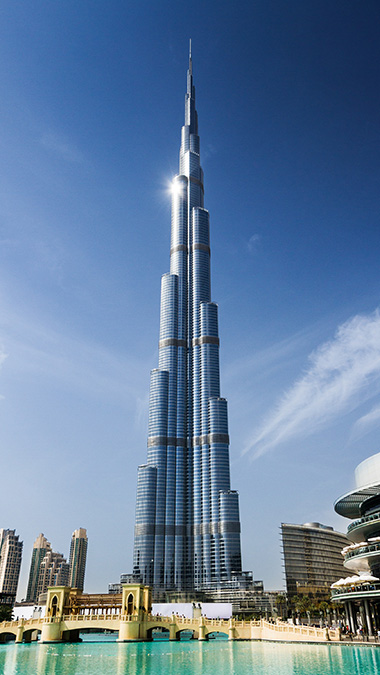
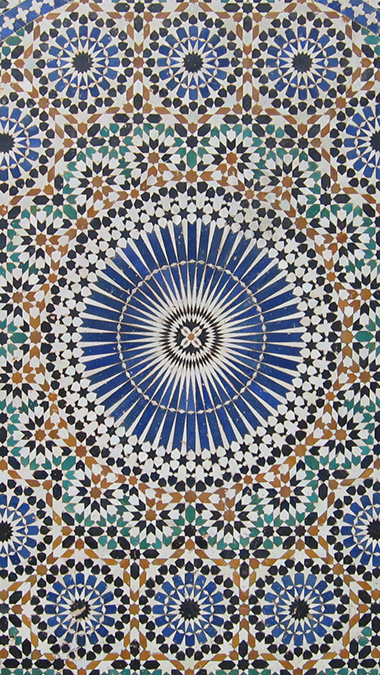
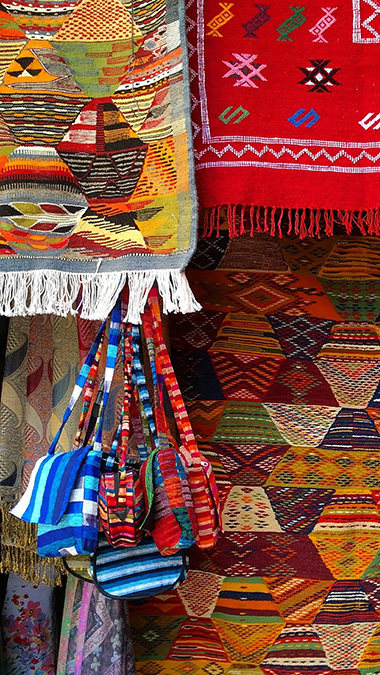
Publications

BENCHENNA, A. et PINHAS, L. (2016), Industries culturelles et entrepreneuriat au Maghreb, Paris, l’Harmattan, Collection Socio-anthropologie des mondes méditerranéen 282 p.
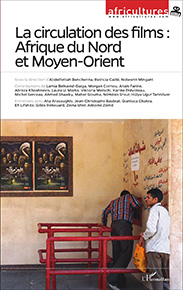
BENCHENNA, A. (2016) « L’exploitation des films au Maroc à l’ère des multiplexes : la double domination ?», pp. 214-233 In A. Benchenna, P. Caillé et N. Mingant (coord.), Circulation des films : Afrique du Nord et Moyen-Orient, Africulture N° 101-102, Paris, l’Harmattan
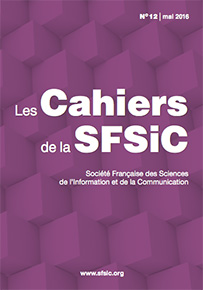
CARRE D. (2016) : « GDRI-COMMED. Communication, médias et liens sociaux en Méditerranée. nouveaux supports, nouvelles pratiques », Les Cahiers de la SFSIC, n°12, mai 2016, pp. 99-105.
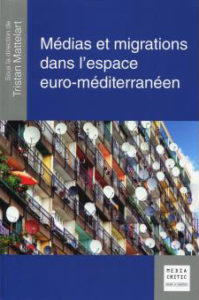
Benchenna, A. (2014) « De la mobilisation identitaire à l’entreprise lucrative ? le cas du portail d’information Yabiladi.com », in Tristan Mattelart (dir.), Médias et migrations dans l’espace euro-méditerranéen, Mare et Martin, coll. MediaCritic
Benchenna, A. (2012) Les Tics dans les pays des Suds : 40 années de recherche, tic&société, Vol. 5, N° 2-3, url : http://ticetsociete.revues.org/1130
MENA region news
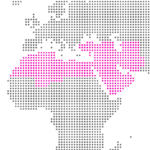
MENA region
Transformations of national media and cultural spaces in the MENA region. Productions, circulations, practices, political issues
Asia-Pacific-Indian Ocean region
Development of cultural and creative industries in the Asia-Pacific-Indian Ocean. Platforms, public policies, links between crafts and industry, Smart cities
Latin America region
Emerging reconfigurations and logics of cultural industries in Latin America. Modes of action, diversity, independence

